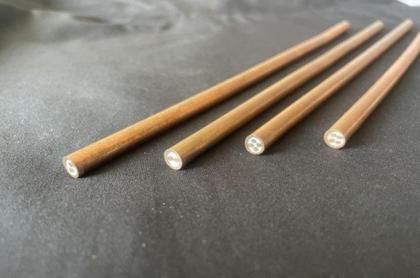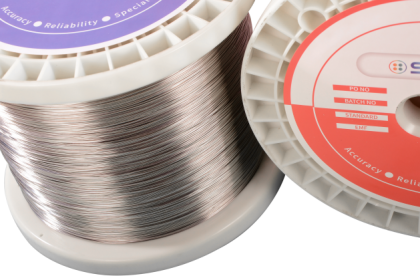Selecting the right thermocouple calibration furnace is critical for ensuring accurate temperature measurements in industries like aerospace, energy, and medical devices. As a trusted Chinese exporter of thermocouple solutions, we help global buyers navigate this decision with technical expertise and customizable products. Below, we outline key factors to consider, aligned with the concerns of overseas purchasers.
1. Match Temperature Range and Thermocouple Type
Thermocouple calibration furnaces must align with the temperature requirements of your sensors.
For example:
High-Temperature Applications (up to 1,600°C): Use noble metal thermocouples (Type S, R, B) with furnaces featuring Inconel heating elements and ceramic insulation for stability.
Low-Temperature Calibration (below 500°C): Opt for Type K, J, or T thermocouples paired with cost-effective electric heating furnaces.
Ensure the furnace’s temperature range exceeds your maximum operating temperature by 20–25% to prevent sensor degradation.
2. Prioritize Precision and Uniformity
Calibration accuracy depends on the furnace’s temperature uniformity and control systems:
Temperature Uniformity: Look for furnaces with a ±1°C deviation across the 100mm (constant temperature zone)
Control Technology: Advanced PID or fuzzy-PID controllers ensure rapid stabilization (±0.2°C/min) and minimize overshooting.
Certification: Furnaces should comply with IEC 60584 and ASTM E230 standards for traceable calibration.
3. Evaluate Heating Methods and Energy Efficiency
The heating mechanism impacts performance and operational costs:
Electric Heating: Ideal for precise control and rapid ramp rates, suitable for labs and high-accuracy industrial applications.
Gas Heating: Cost-effective for large-scale operations but less precise than electric systems.
Insulation Materials: High-purity magnesium oxide (MgO) or ceramic fibers enhance thermal efficiency and reduce energy consumption by 15–20%.
4. Simplify Calibration Workflows
Streamlined features reduce downtime and labor costs:
Automated Controls: Furnaces with programmable temperature ramps and data-logging capabilities accelerate multi-point calibration.
Modular Designs: Quick-cooling chambers and replaceable heating elements simplify maintenance.
Compatibility: Ensure integration with standard accessories like ice-point references and potentiometers.
5. Verify Compliance and Certifications
Global buyers require adherence to regional and industry-specific standards:
Safety Certifications: CE, RoHS, and ATEX/IECEx for hazardous environments9.
Calibration Certificates: Furnaces should include NIST-traceable documentation for audit readiness.
Selecting the right thermocouple calibration furnace is critical for ensuring measurement accuracy, regulatory compliance, and operational efficiency.
As a dedicated exporter of thermocouple-related products, we understand the significance of choosing a calibration furnace that meets the specific requirements of our global clientele. By offering high-quality calibration furnaces tailored to diverse industry needs, we aim to support our customers in achieving precise and dependable thermocouple calibration results.






 IPv6 network supported
IPv6 network supported